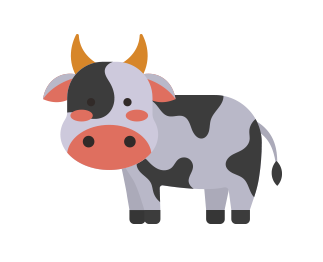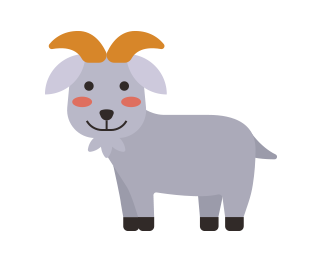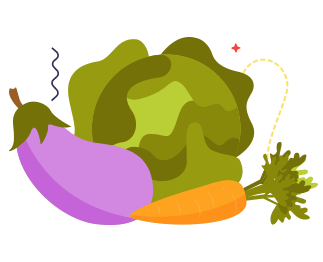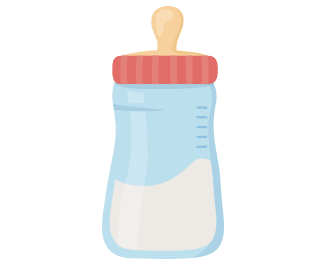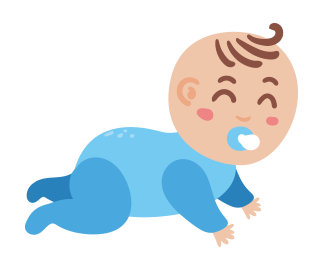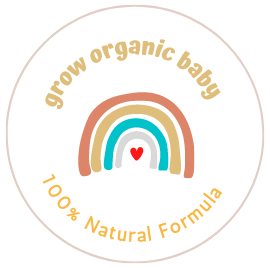The 4 Best Exercises For Babies
Incorporating a daily exercise routine for your baby helps them to develop both physically and mentally. Getting your baby moving and exercising is important for the following reasons:
- Muscle Development: Exercise develops muscles, which is essential for various motor skills such as holding your head up, rolling over, sitting up, crawling, and eventually walking.
- Gross Motor Development: Exercise helps to develop gross motor skills, which is the ability to control the large muscle groups that are essential for being able to coordinate activities like crawling, walking, running, and jumping.
- Coordination: Through exercise, babies develop the ability to coordinate different muscle groups simultaneously, to enable them to perform complex movements.
- Balance: Exercise helps in improving balance, which is crucial when learning to sit up and walk.
-
Mental Health: Exercise has numerous mental health benefits for infants and young children:
- Improved Sleep: A study published in the journal Sleep Medicine Reviews found that physical activity can improve sleep quality in infants and young children. Better sleep can contribute to improved mood and overall mental well-being.
- Reduced Fussiness: Research published in the journal Infant Behavior and Development suggests that physical activity, such as tummy time, can help reduce fussiness in infants. This may be attributed to the release of endorphins during exercise, which can improve mood.
- Enhanced Cognitive Development: A study published in the journal Pediatrics found that physical activity in young children is associated with improved cognitive development. This may indicate that early physical activity can lay the foundation for healthy cognitive development in infancy.
- Stress Reduction: Physical activity can help reduce stress and anxiety levels. This may also apply to infants, as physical activity is known to release endorphins, which are natural mood lifters.
The 4 Best Exercises for Babies to Build Strength and Mental Health
-
Tummy Time: Tummy time is a great exercise for babies as it helps in building muscles in the neck, arms, shoulders, back, and stomach. It also helps in preventing flat spots on the back of the head. Start with a couple of one to two minute sessions and gradually work up to at least 30 minutes of tummy play each day at 4 months.
- Newborn to 1 Month: Start with short periods of tummy time, about 1 to 2 minutes, a few times a day. Use a soft blanket or play mat on the floor and place your baby on their tummy while they are awake and supervised.
- 1 to 2 Months: As your baby gets more comfortable with tummy time, gradually increase the duration to 5 to 10 minutes, a few times a day.
- 2 to 3 Months: By this age, your baby may be able to tolerate longer periods of tummy time, up to 15 minutes at a time, a few times a day. You can also try using a rolled-up towel or blanket under their chest to help prop them up slightly.
- 3 to 4 Months: Your baby should be getting stronger and more comfortable with tummy time. You can continue to increase the duration, aiming for at least 30 minutes spread throughout the day. Encourage your baby to reach and grab for toys to further engage them during tummy time.
- 4 to 6 Months: By this age, your baby should be able to lift their head and chest up off the floor while on their tummy. They may also start pushing up on their arms and rocking back and forth. Continue to provide plenty of tummy time opportunities throughout the day.
- Sit-Ups: Pulling your baby up into a sitting position helps in strengthening the muscles in their shoulders, core, arms, and back. This exercise can be started around 6 weeks and helps in building balance and coordination.
- Bicycling: Bicycling your baby's legs not only helps in relieving gas but also works the legs, hips, knees, and abs. This exercise helps in increasing flexibility and range of motion. Repeat the movement three to five times, take a break, and then repeat.
- Weight Lifting: Encourage your baby to pick up objects, which helps in building grasping ability, improving hand-eye coordination, and developing muscles in the shoulders, arms, and hands. Use small toys or objects of varying sizes and shapes as their personal weights.
The goal is to have fun and get those muscles moving, so that your baby can progress through the stages of fine and gross motor skill development, and reap the mental health benefits of an exercise routine from a young age.
